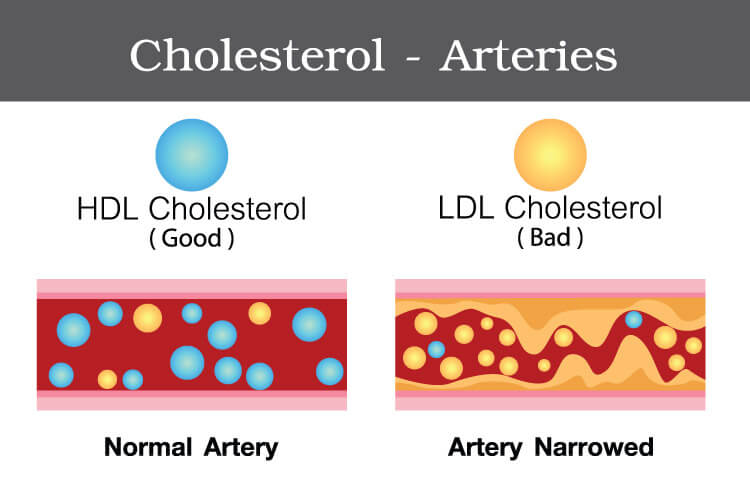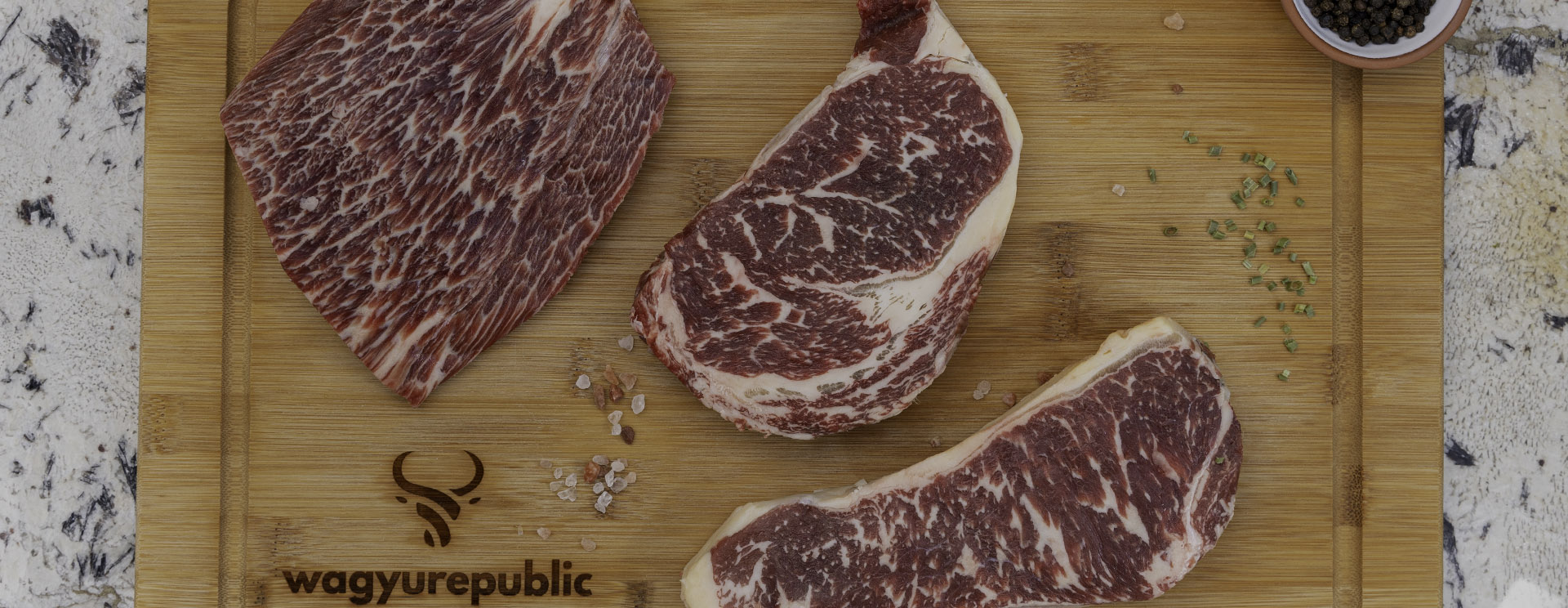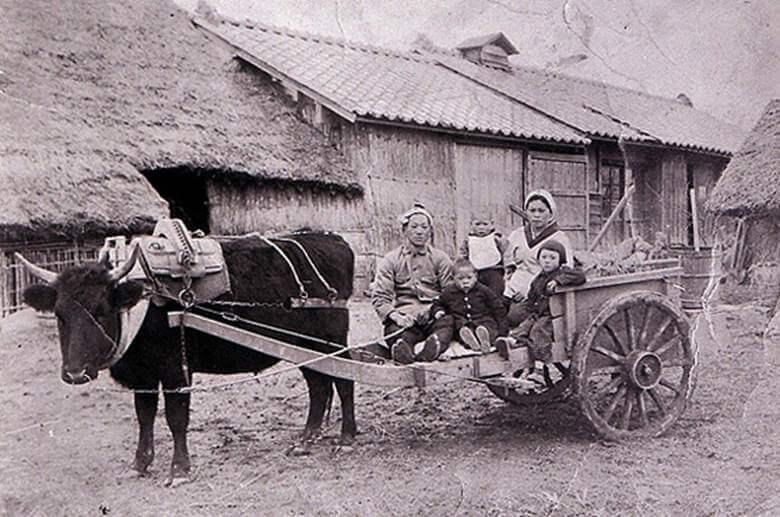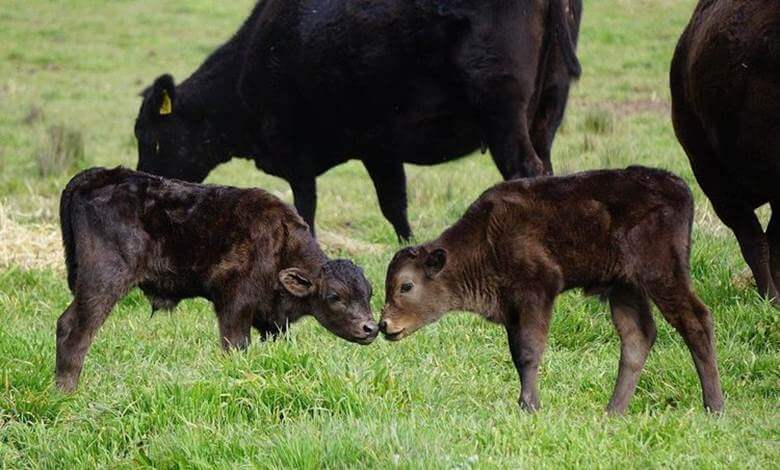
In todays modern world, living a healthy life may seem like a tall order – juggling exercise and nutrition, all while working a full-time job. You have been told that all those delicious foods that you begin to crave as dinner approaches, T-bone steaks and ribeye’s, are not the healthiest for you. It seems like the only “healthy” foods nowadays are bland salads and other, yawn, boring greens. But what if we told you that the most delicious, mouthwatering umami-flavor in the world IS healthy? Yes, believe it or not Fullblood Wagyu can be just as healthy as that chopped salad you got at that trendy new salad place downtown. Buckle up, today’s topic is a throwback to the chemistry of why Wagyu beef is healthy for you.
First things first, lets talk energy. Your body needs energy in the form of calories to function daily. Everytime you jump out of bed, leave the house, or breathe (respiration), your body is using calories to power those functions. Now, this brings us to our next topic, how do we get those calories?
You guessed it – food, food, and more food. All the food we eat provides us our fuel source, calories. Now, not each food source is identical. Food can be broken down macro nutritionally into: proteins, fats, and carbohydrates. All three of these macronutrients can be broken down into calories in the human body and serve important physiological roles. Meat contains fats and protein, amongst many other essential vitamins such as Iron, Zinc, VB3 and more. We already know the benefits of protein, so let’s talk fats.
While normal angus beef contains saturated fats, did you know that Wagyu beef has a completely different fatty acid profile? Yes, Wagyu has a higher percentage of monounsaturated fats because it contains an enzyme called delta 9-desaturase, which takes stearic acid (saturated fatty acid) and converts it into oleic acid (an unsaturated fatty acid). This gives Wagyu similar health benefits to what you would find in Salmon!

So, what makes monounsaturated fats healthier you ask? Monounsaturated fats lower your LDL (low density lipoprotein) cholesterol and increase HDL (high density lipoprotein) cholesterol. HDL cholesterol can be filtered through the human liver while LDL cannot. As LDL circulates through your body it accumulates on your artery walls. The gradual accumulation of LDL is what causes plaque build up and increases the risk of cardiovascular disease.

Enough science for one day – the moral of the story is that certain foods can be both delicious and healthy. So next time you savor a mouthwatering Fullblood ribeye or gourmet fullblood burger, rest assured you are getting the best of both worlds.
Interested in learning more about the amazing world of Wagyu? Subscribe to the Wagyu Republic email list for interesting updates and explore the “Learn” section of the site!



